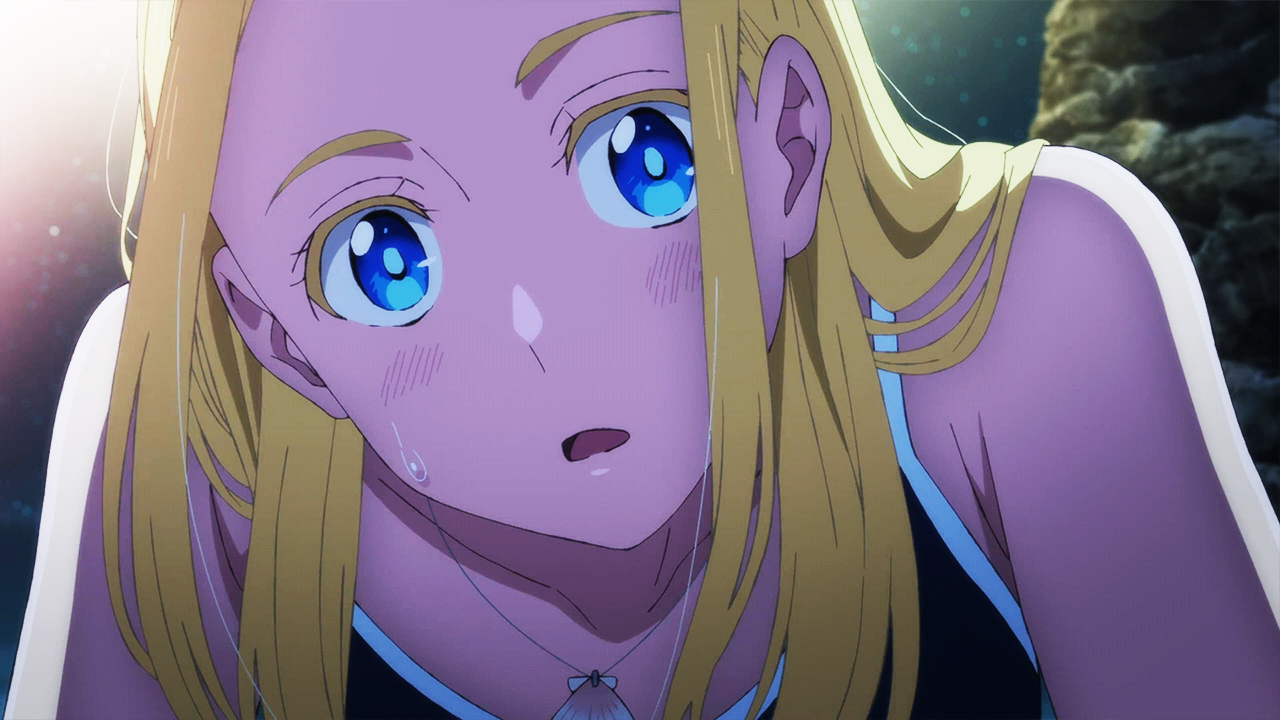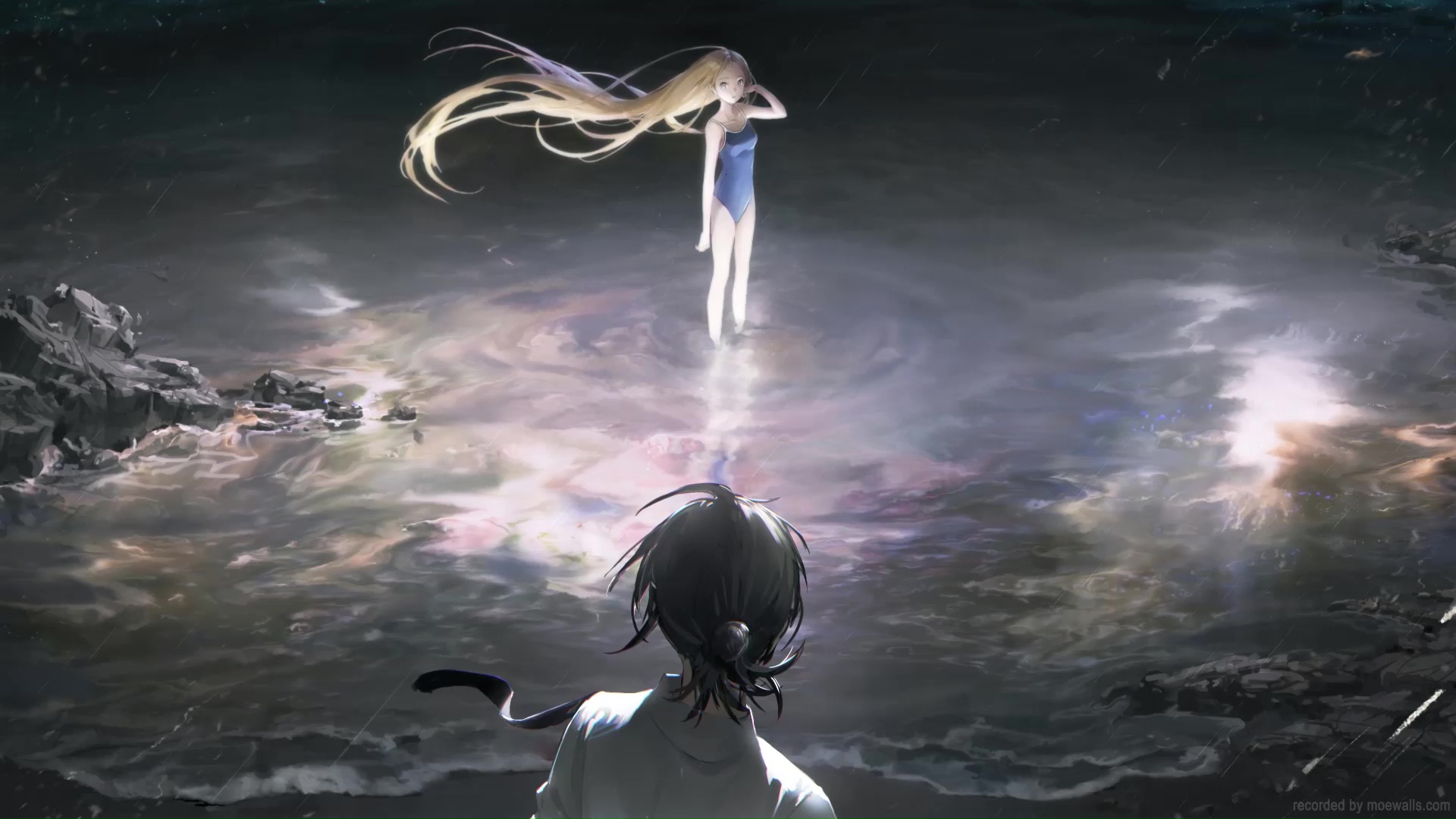Summer Time Rendering plunges viewers into a captivating mystery on a remote island, where time loops, supernatural occurrences, and complex relationships intertwine. The anime masterfully blends elements of mystery, horror, and fantasy, creating a suspenseful and emotionally resonant narrative. Ushio Kofune, the protagonist, confronts a series of unsettling events that challenge his understanding of reality and force him to make difficult choices to protect his loved ones.
Obtain recommendations related to craigslist asheville that can assist you today.
The island itself becomes a character, its isolation and unique atmosphere adding to the overall tension and intrigue.
The story follows Ushio’s desperate attempts to unravel the mysteries surrounding a series of deaths and the strange occurrences plaguing the island. He’s aided by Mio Kofune, his childhood friend, and a cast of intriguing supporting characters, each with their own secrets and motivations. As Ushio navigates the complexities of the time loop, he uncovers a dark secret that threatens to consume everyone he cares about, forcing him to confront his own limitations and the true nature of fate.
Summer Time Rendering: A Deep Dive
Summer Time Rendering, a gripping anime series, masterfully blends mystery, horror, and supernatural elements within a compelling narrative. This analysis explores the show’s intricate plot, memorable characters, innovative time loop mechanics, and stunning artistic achievements.
Story Synopsis and Themes
Summer Time Rendering follows Ushio Kofune as he returns to his childhood island home after the death of his childhood friend’s sister. Strange occurrences plague the island, and Ushio soon discovers a time loop, reliving the same day repeatedly. He teams up with Mio Kofune, his childhood friend, to unravel a mystery involving a shadowy organization, a series of deaths, and a sinister supernatural force known as the Shadow.
Their efforts to break the loop and save the island involve numerous sacrifices, uncovering secrets about the island’s history and the true nature of the Shadow.
The series explores themes of family, sacrifice, fate, and the power of memory. Ushio and Mio’s relationship, initially defined by their shared past, evolves into a complex bond forged through hardship and shared trauma. Their motivations are driven by their love for their family and friends, leading them to make difficult choices with potentially devastating consequences. The isolated island setting itself acts as a character, amplifying the sense of isolation and dread, while also providing a backdrop for the unfolding mysteries.
The contrast between Ushio’s pragmatic approach and Mio’s emotional vulnerability shapes their dynamic. Supporting characters, like Shide and Sou, add layers to the narrative, showcasing different responses to the unfolding events. The visual representation of their relationships could be a web, with Ushio and Mio at the center, connected to other characters by lines representing the strength and nature of their bonds – thick lines for close relationships, thinner lines for more distant ones.
Character Analysis
This section delves into the key characters, examining their personalities, motivations, and transformations throughout the narrative.
Ushio Kofune is a resourceful and intelligent protagonist, displaying remarkable resilience in the face of overwhelming odds. His strengths lie in his quick thinking, adaptability, and unwavering dedication to protecting his loved ones. However, his emotional vulnerability and tendency towards impulsive actions can sometimes hinder his plans. His character arc involves a gradual acceptance of the sacrifices necessary to break the time loop and protect Mio.
Mio Kofune undergoes a significant transformation. Initially appearing as a mysterious and somewhat distant figure, she gradually reveals her inner strength and determination. Her arc involves confronting her own past traumas and accepting the difficult truths about the events unfolding around her. Supporting characters like Shide and Sou provide contrasting perspectives and experiences, highlighting the diverse ways individuals cope with the supernatural threat.
A visual representation of the key relationships could be a family tree, with Ushio and Mio at the center, connected to other characters by branches representing familial ties or close friendships. The thickness and style of the branches could indicate the strength and nature of the relationships.
Time Loop Mechanics
Source: moewalls.com
Summer Time Rendering utilizes a complex and nuanced time loop mechanic. The rules are not explicitly stated but are gradually revealed through the characters’ experiences. The loop resets at a specific point each day, with some memories and physical changes carrying over. The limitations of the loop are discovered through trial and error, creating suspense and uncertainty.
The time loop significantly impacts character decisions. Ushio uses his knowledge of the loop to anticipate events and make strategic choices, while Mio’s emotional responses are often more immediate and less calculated. The time loop’s influence on their actions creates dramatic irony, as the audience is aware of events that the characters are yet to experience.
The use of suspense is masterfully executed, with each iteration of the loop building tension and revealing new information. The following table Artikels key events within the time loop:
| Event | Time | Character | Consequence |
|---|---|---|---|
| Ushio returns to the island. | Day 1 | Ushio | Sets the stage for the unfolding mystery. |
| Mio’s sister dies. | Day 1 | Mio | Triggers the time loop and Ushio’s investigation. |
| Ushio discovers the time loop. | Day 1 (multiple iterations) | Ushio | Allows him to strategize and try to prevent deaths. |
| Ushio and Mio confront the Shadow. | Day 1 (final iteration) | Ushio & Mio | Climax of the series, resolution of the mystery. |
Supernatural Elements
The supernatural phenomena in Summer Time Rendering are deeply intertwined with the island’s history and the characters’ pasts. The Shadow, a mysterious entity with shapeshifting abilities, is the central supernatural element, driving the plot and creating a sense of dread. The origins of the Shadow remain partially ambiguous, adding to the mystery.
The Shadow’s influence on the plot is significant, manipulating events and causing deaths. Its presence also affects character development, forcing Ushio and Mio to confront their fears and make difficult choices. The symbolism associated with the Shadow is complex, potentially representing unresolved trauma or the consequences of past actions.
The series masterfully blends mystery, horror, and fantasy elements. The mystery surrounding the Shadow’s origins and motives keeps the audience engaged, while the horror elements create a sense of suspense and dread. The fantastical elements, such as the time loop and the Shadow’s abilities, add a layer of surrealism to the narrative.
Artistic and Technical Aspects, Summer Time Rendering
Summer Time Rendering boasts a visually stunning art style, characterized by detailed backgrounds and expressive character designs. The animation is fluid and dynamic, particularly during action sequences. The use of light and shadow creates a compelling atmosphere, enhancing the suspenseful and sometimes horrifying scenes.
A key scene would be the final confrontation between Ushio and the Shadow. The visual elements would include the stark contrast between the bright island landscape and the shadowy figure of the antagonist. The emotional impact comes from the intensity of the struggle, the weight of the sacrifices made, and the ultimate resolution of the conflict.
The soundtrack complements the visual elements, creating a tense and atmospheric experience. The music ranges from melancholic and reflective pieces to dramatic and suspenseful scores, effectively reflecting the emotional shifts throughout the narrative. A key scene could be depicted as a wide shot of the island at sunset, with the Shadow looming in the distance, accompanied by a low, ominous musical score.
Narrative Structure and Pacing

Source: jotaku.net
Summer Time Rendering employs a non-linear narrative structure, with flashbacks and shifts in perspective enriching the story. Major plot points include the discovery of the time loop, the unveiling of the Shadow’s identity, and the final confrontation. Turning points occur when Ushio makes critical decisions based on his knowledge of the loop, leading to different outcomes.
The pacing is deliberate, allowing for character development and world-building before escalating the tension. The slow burn approach builds suspense effectively, with key moments of action and revelation strategically placed throughout the series. Foreshadowing is used subtly, with hints and clues scattered throughout the narrative that become significant later on.
The major plot points are:
- Ushio’s return to the island and Mio’s sister’s death.
- The discovery of the time loop.
- Unraveling the mystery of the Shadow’s origins.
- The development of Ushio and Mio’s relationship.
- The final confrontation with the Shadow.
Final Conclusion: Summer Time Rendering

Source: animecorner.me
Summer Time Rendering delivers a thrilling and emotionally impactful experience. The intricate time loop mechanics, the compelling characters, and the masterful blend of genres combine to create a truly unforgettable anime. The series leaves a lasting impression, prompting reflection on themes of family, sacrifice, and the power of human connection in the face of overwhelming odds. It’s a story that will stay with you long after the credits roll, leaving you pondering the mysteries and the sacrifices made within its captivating narrative.


